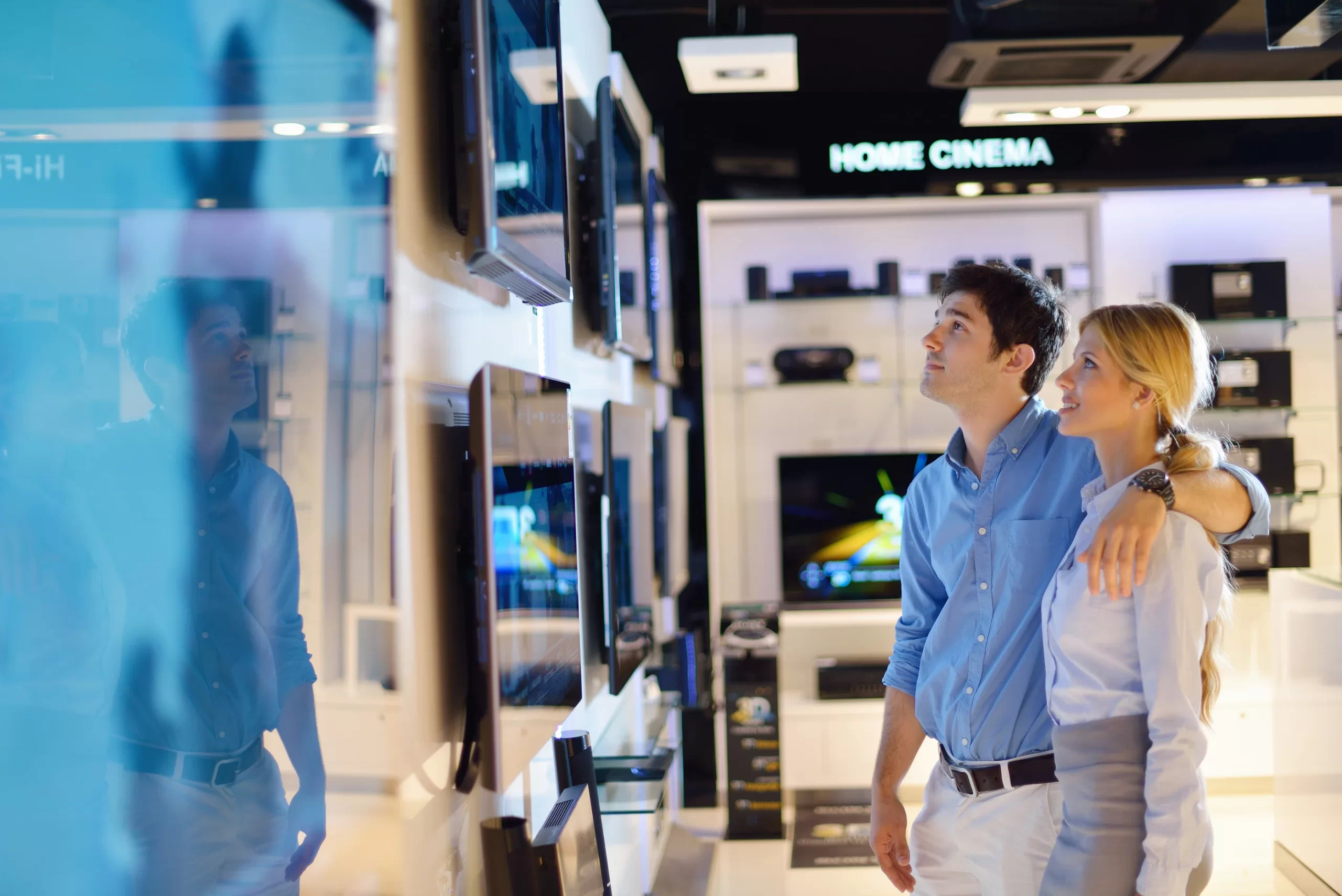

Table of Contents
Recently, MSBNC ran an article about bricks-and-mortar stores in trouble. Some of the brands we’ve grown up with like Radio Shack, Sears, and even Macy’s are closing stores to cut costs, facing stiff competition from online-only giants like Amazon, eBay and Overstock.com.
The idea of staying at home in our pajamas and doing the shopping on our phones, computers and tablets is certainly attractive. Even better, we can read the reviews from other users and get the real scoop on clothes, electronics and even food. As digital content affects the decisions of where we choose to shop, what to buy and where to eat, smart business owners should take the time to consider the most effective ways to communicate with their customers.
The stakes are higher than ever, so retailers have been fighting back with direct marketing efforts, improved customer service, loyalty plans and other campaigns to get people in the door and keep coming back.
But that’s not enough—which presents a problem. Most people have become savvy at avoiding advertising, whether its commercials that keep us from our favorite shows by fast-forwarding on DVRs or reading newspapers and magazines online, which saves us from flipping past advertisements to find what we actually want to read.
Rather than spending advertising dollars on campaigns that people are likely to avoid or not even see, some companies have decided to make the move into digital signage—an interactive gateway that allows a business to communicate directly with a consumer, engaging them at a critical decision making point–while they are in the store or restaurant.
It seems almost fool proof—the business is communicating with people in a medium people feel comfortable in—electronically. But some digital signage setups can cost a pretty penny, so stores that want to maximize their investment need a way to measure its effectiveness.
Businesses that hang digital signage in their stores or restaurants can employ a traffic measuring technique to see how many people are viewing the data on the signs. These cameras can assign an ID to each person that logs when they entered the signage zone, how long they watched it and what their subsequent movements were.
Traffic counts from areas in the store can be correlated with the POS system to see if any of the specific messaging led to an uptick in sales. For example, if the screen shows a message that between the hours of 2:00 to 4:00 the store is offering a “buy one, get one free” promotion of a certain product and sales of that product increase between those hours, you know the sign is doing its job.
By analyzing your sales data against the different messaging and locations of the signs in your store, you can easily see which locations and messages are getting the most foot traffic and which ones may need to be rearranged.
Knowing how the signs perform isn’t just beneficial for the business. A business owner who wants to help pay off their investment can sell advertising space on the signage. These ads complement the business by elevating the status of certain brands, services or suppliers that want to raise brand awareness and boost sales in the store.
Advertisers can be assured that this is a great opportunity because your business has the data to back it up. A traffic counting system will provide tangible data about how many people viewed the sign, for how long and, if your set-up allows, if the time spent reading the sign resulted in a purchase.
In addition to generating revenue that will pay off the system, these electronic campaigns will help a business save money in advertising costs by reducing the amount of materials, manpower and wasted money invested in printed ads.